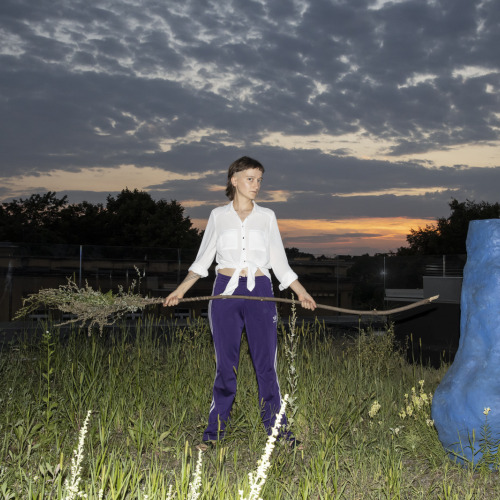
Virginia Woolf’s Family Pictures: Transformations of Memory
Like many
major modernist women, the British writer and intellectual Virginia Woolf
(1882-1941) owned a vest-pocket Kodak. She was a prolific photographer,
and conceived film and aesthetic theories aware that this new reproduction
technology offered a new visual aesthetic.
Starting
from the celebrated phrase that modernist women wrote a modernism of the
margins, Professor Humm argues that an evaluation of the margins (like
photo albums) is crucial to rethinking modernist aesthetics by recovering
feminine meanings from hitherto invisible "art". There are
over one thousand uncatalogued 'home photographs' taken by Virginia Woolf and
her husband Leonard. Many of them were mounted in photo albums. According to
Maggie Humm, the album's unusual visual sequences represent Woolf’s
identification with her "fantasmatic" mother.
In her
illustrated lecture, focused on psychoanalytic theories of representation,
Professor Humm will relate Virginia's photographs to other albums known by her
(such as those of her father, of her sister Vanessa Bell and of her great aunt
– the famous Victorian photographer -- Julia Margaret Cameron), briefly review
Woolf’s ideas about photography in her diaries and letters, and discuss Woolf's
theories of cinema and modernist aesthetics.
In cooperation with
Cankarjev dom
With the support of The British Council, Slovenia


